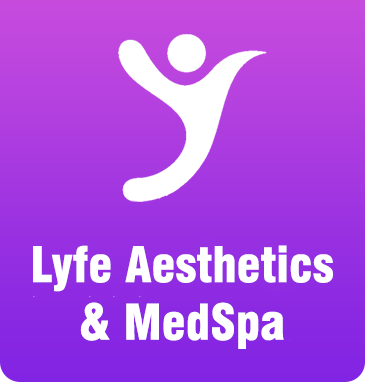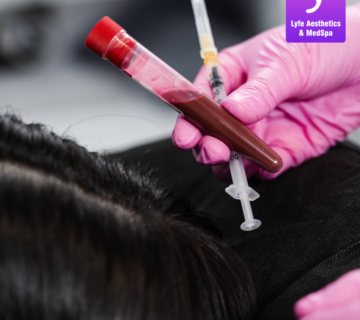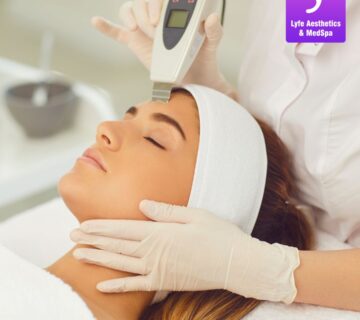Are you attracted by the idea of microneedling yet wary because of false information and images? Be at ease! The outcomes of this ground-breaking surgery are nothing short of spectacular, despite the fact that tiny needles must puncture the skin. Discover everything you need to know about this common cosmetic procedure as we explore the fascinating world of microneedling.
How does microneedling work?
A tried-and-true method for treating numerous skin issues is microneedling, also known as collagen induction treatment, skin needling, or percutaneous collagen induction. Microneedling has undergone more than 20 years of growth and improvement, and it is now very common in the beauty industry. Microneedling offers a rejuvenation reaction that has people raving about the astounding results, whether you’re dealing with acne scars, fine lines, wrinkles, enlarged pores, hyperpigmentation, lost elasticity, uneven skin texture, stretch marks, or uneven skin tone.
What Is the Process of Microneedling?
A regulated wound-healing response is induced by gently puncturing the skin with tiny needles during a microneedling technique. An instrument resembling a pen with tiny stainless-steel needles called a “derma roller” is used in the procedure to pierce or inflict microinjuries on the skin’s surface. These minute abrasions cause the skin to produce natural collagen, which releases healing proteins including elastin and collagen. Skin texture and appearance are improved as a result of this reparative process.
In order to lessen any discomfort, topical anaesthesia is an option throughout the 10- to 20-minute microneedling procedure. For best effects, multiple sessions, typically separated by one month, are advised. The depth of needle penetration is altered throughout the course of therapy to account for the skin’s growing thickness and capacity for more intense stimulation.
Benefits of Microneedling for Skin
The main advantage of microneedling is its capacity to increase collagen production, which fights wrinkles and solves the age-related fall in collagen levels. Numerous studies have shown how well it works to reduce lines, wrinkles, uneven skin tone, and skin laxity. Additionally, because it reduces scar tissue and activates the healing process, microneedling can be a successful acne scar treatment. Regular microneedling treatments can also reduce stretch marks, showing noticeable improvement in a large percentage of people.

When to Expect Microneedling Results
Results from microneedling are almost immediate, with the first signs of improvement appearing as soon as tiny skin lesions are made. Your skin may seem supple and luminous two weeks after the treatment. However, six to eight weeks after the surgery is often when the full advantages of enhanced collagen synthesis start to show. The necessary number of sessions is determined by each person’s demands and the state of their skin. Two treatments per year may be necessary for fine lines and wrinkles, but more may be needed for burns, stretch marks, and acne scars.
Compared to other cosmetic procedures, microneedling
While microneedling has some advantages over laser and chemical peels, it has a distinct advantage in terms of outcomes, healing time, and side effects. Due to its capacity to provide large results with little to no downtime and few side effects, microneedling offers an appealing alternative to deep chemical peels and laser skin resurfacing. A powerful treatment option for wrinkles and acne scars is the combination of radiofrequency and microneedling since it produces dramatic results with fewer treatments.
Microneedling’s negative effects and who should stay away from it.
Generally speaking, microneedling is safe and effective, but it’s crucial to be aware of any possible adverse effects and limitations. Within the first several hours, some redness or irritation may appear.
Yet this is a normal component of the skin’s healing process. Usually, the redness goes away after three days. The skin may also feel brief tightness, puffiness, dryness, irritation, or flaking just after the procedure.
Avoid microneedling if you’ve recently had radiation, are pregnant, have a skin condition, have a history of scarring, or have poor wound healing. Additionally contraindicated are active illnesses or open wounds because the skin should first heal before the operation.
Where and Whom to Get Microneedling Done
It is strongly advised to get treatment from a board-certified dermatologist or a board-certified plastic surgeon because microneedling is a medical procedure. These experts have the appropriate education, training, and experience to guarantee the finest outcomes with the fewest risks. Microneedling treatments can be administered by qualified and closely supervised staff members, such as nurse practitioners, physician assistants, registered nurses, aestheticians, and medical assistants, in addition to the doctor themselves. Always check a doctor’s qualifications to make sure they have been approved by the American Board of Dermatology or a comparable respectable organisation.
What Is the Price of Microneedling?
The location and size of the treated area affect the price of microneedling. Treatments received in-office often cost between $100 and $700. Although microneedling is most frequently carried out on the face, it can also be done on the neck, décolletage, arms, and legs.
How to Get Ready for the Treatment
A microneedling session requires no specific preparation. However, a few safety measures need to be considered. If you take blood thinners, let your doctor know because they can make post-operative bleeding worse. Preventive antibiotic treatment may be beneficial for people who are prone to cold sore breakouts.
Recovery following microneedling is typically relatively little. However, people with sensitive skin need to use moisturisers and serums with caution. It is typical for the skin to be irritated and more sensitive than usual after the treatment.
DIY Microneedling: Is It Worth a Shot?
While using derma rollers sold on the market to perform DIY microneedling at home may be alluring, it’s important to have realistic expectations. Compared to medical-grade equipment, these at-home devices have shorter needles and a reduced capacity to promote collagen formation. The outcomes are often moderate and more focused on generating brighter skin than significant rejuvenation, even if they may promote exfoliation and aid in product penetration. To reduce the risk of infection, proper technique is essential, including using uniform pressure and adhering to cleaning guidelines. Remember that professional microneedling performed by a licenced dermatologist or plastic surgeon is the better choice for more significant and long-lasting outcomes.
Start using microneedling right away.
Microneedling is a fantastic technique that addresses a variety of dermatological issues and provides exceptional results in skin renewal. Microneedling increases collagen formation by utilising the body’s natural healing reaction, which improves skin texture, reduces wrinkles, and may even help stretch marks and scars erase. Consult a board-certified dermatologist or plastic surgeon to start your microneedling adventure and feel the revolutionary treatment’s transformational power. Keep in mind that your skin deserves the greatest attention from qualified experts to achieve the best outcomes with the fewest hazards.






No comment